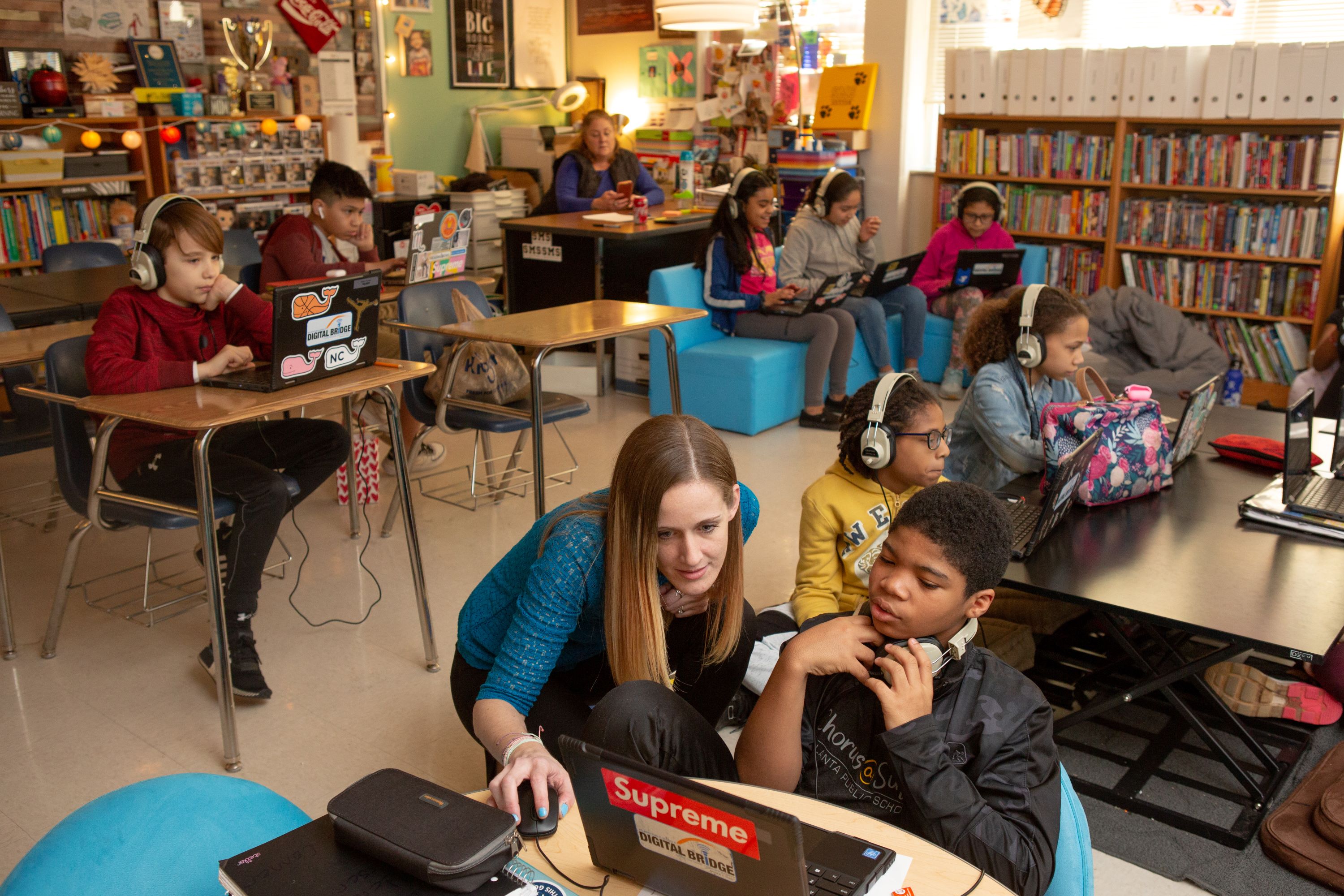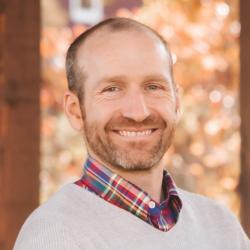
Some of the sights that turn up on typical “Things to do in NY” lists for visitors include things like Times Square, Central Park, and the Apollo Theater. But as a former history teacher, these were all at best a distant second to visiting the grave of one of the city's favorite sons, Alexander Hamilton. Hamilton was best known for the creation of our country’s economic foundation and the Broadway superhit based on his life. In one of the show’s most well known numbers, Hamilton helps craft a secret compromise behind closed doors that resolves the issue of where our nation’s financial and political capitals will be located while antagonist Aaron Burr bemoans missing out. Burr realizes that the New Yorker was proposing extraordinary solutions to complex problems, but he couldn’t be party to the process because as the song says, “you gotta be in the room where it happens.”
Whether Burr knew it or not, the conundrum he crooned about was one shared by many school leaders. Oftentimes, challenges that seem insurmountable at one school have already been overcome at another, and solutions could be shared if only they were able to get into the same room. With this in mind, PBLWorks has helped many district teams and school leaders create their own version of the “Room Where it Happens” through partnerships focused on helping leaders collaboratively consider what solutions and approaches would best support high-quality PBL in their contexts.
And since we are on the subject of New York City residents who accomplish extraordinary things, it is appropriate to mention that PBLWorks recently brought together twenty-one schools from across New York City representing a range of grade levels and sizes to launch the state’s first School Leaders Network (SLN). The leaders who join work collaboratively alongside PBLWorks facilitators sharing power in a way that leads to the crafting of a guiding vision and designing a plan of action for their schools that creates the conditions necessary for high quality Project Based Learning to thrive.
In some of the participating schools, Project Based Learning is already a well known instructional approach, while others are just starting out their PBL journeys. Regardless of where their schools are how long PBL has existed at their sites, what unites their experience is a shared dedication to leveraging the unique perspectives and knowledge of their community, their values, and their goals for learning to best serve students.
Being “in the room” for the in-person launch of the NYC SLN gave me access to all the solutions and ideas being generated during the two-day launch. I could see so much of what was being shared as being of great benefit to other leaders looking to ignite or sustain their own PBL practice, so I wrote this blog attempting to lift up some of the group's biggest “ah-ha” moments.
What follows is some advice and guidance based upon takeaways shared during this first meeting. As much as I’d love to relay everything that came out of the entire two day experience, sometimes you just gotta be in the room where it happens…
“The focus should be progress, not perfection” - Allison Persad, The Young Women’s Leadership School
Everyone loves a “perfect” performance and it’s only natural to strive for it, but the reality is that perfection is more often than not something that comes thanks to incremental success and consistent attempts. When trying to launch or sustain your own PBL initiatives, make sure that everyone, students and teachers, know that the expectation is that they try to get better each time. Highlighting smaller wins and positive progress is a much better approach to sustaining PBL as it helps to frame it as something that comes as the result of continued effort. Review quality tools, like design rubrics, and have teachers reflect periodically on how their projects have improved or help them set realistic goals that move them towards your school's vision gradually.
“PBL is not something different, not something new, not an add on” - Jamie Weyerbacher, The High School for Innovation in Advertising and Media.
Teachers who question or are resistant to PBL may not be opposed because of an inherent distrust of it as pedagogy. Instead, it might be the result of feeling like they’re being asked to reinvent their instructional approach or adopt “yet another thing.” One approach to framing that may mitigate this is helping teachers to first recognize all the aspects of PBL that they find affirming their current practice first, then looking at opportunities for expanding or improving upon it through a Gold Standard approach. This simple reframing is often less threatening, and when paired with a clear project example or a descriptive rubric, helps teachers see PBL as “just good teaching” and something that will expand opportunities to reach every learner and make them feel seen/heard/respected rather than something that will completely upend their classroom.
“Implementation must be thoughtful, deliberate, and have an end-goal in mind” Jakob Lau, The Emerson School.
Half-baked plans create half-baked results. Like any new initiative, you need to clearly define the expectations, but more importantly, clearly define your plan of approach for getting there. Your school’s vision of what “PBL” will look like should be something that is clearly understood and articulated not just to teachers, but to students and the parents since community buy-in is crucial for things like the sharing of student' work. There should also be no questions about what the expectations are for teachers, both for the short-term and long term. If you’d like every student to experience two projects a year, make sure that isn’t a secret. If you anticipate teachers may need support and have questions, make sure there is a plan in place to support that either in existing structures that schools often use such as professional learning committees (PLC’s) or with the help of outside coaches and expertise. Remove all the ambiguity you can, but be open to feedback and have a mechanism in place for reviewing and revisiting your vision to make sure it is top of mind and remains relevant.
While not everyone is fortunate enough to be able to visit Gotham and add these schools to their own list of “New York City must sees”, you can learn alongside these extraordinary leaders, their teachers, and their students by following the hashtag #NYCPBL on Twitter and Instagram! And if you too feel the need to support crafting a vision for your school to ensure that nobody feels left out of “the room where it happens” contact David Badillo at PBLWorks to learn more about how you might bring the power of the SLN to your area.

